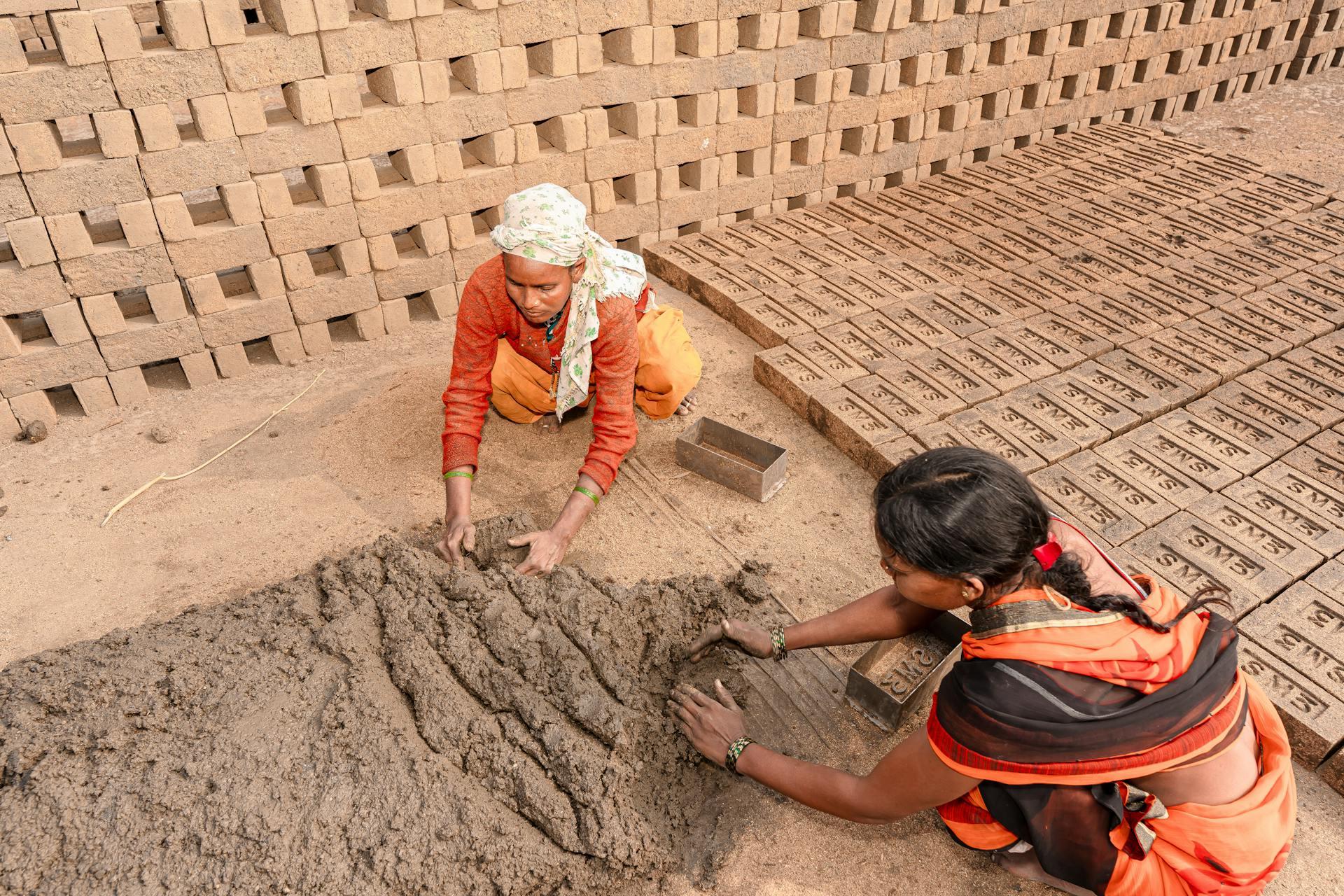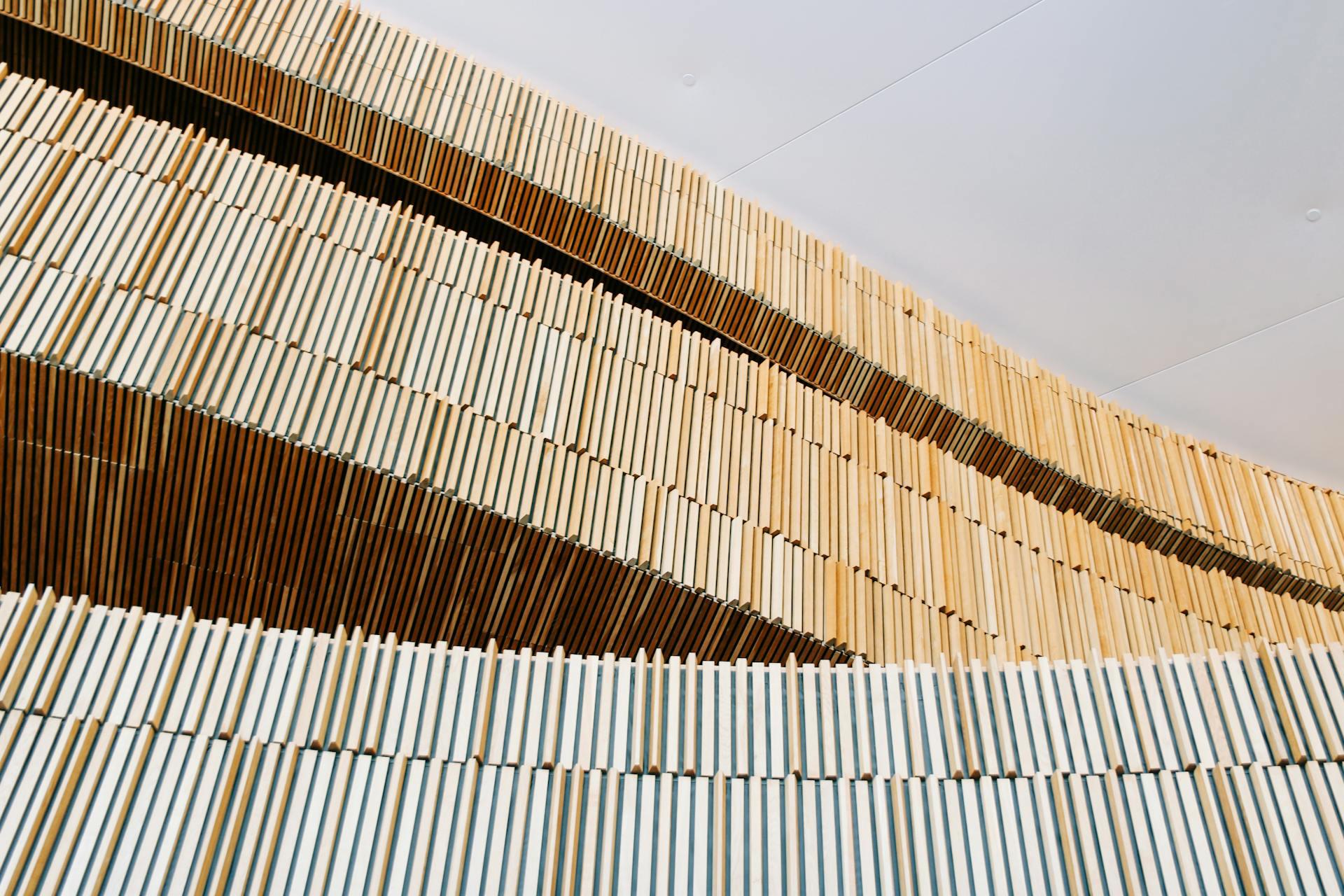Today, sustainable urban development has become very relevant due to the negative impact of urban sprawl on the environment. It refers to developing urban planning models that promote and maintain the population's well-being while decreasing negative environmental impacts and guaranteeing future resources.
But how do you contribute to sustainable architecture in Canada? This blog will highlight the best sustainable building materials for the Canadian climate, standing out for their eco-friendly properties and climate suitability.

What type of material is best for sustainable building design?
Because Canada has great climatic and geographic diversity, knowing and selecting suitable sustainable building materials will be extremely important for creating durable, environmentally friendly structures resilient to our country's extreme weather conditions. When promoting energy-efficiency housing standards in Canada, several materials often stand out for their ecological properties and climate suitability:
1. Wood
Certified wood is a popular choice in sustainable architecture. It must be certified by recognized organizations, such as the Forest Stewardship Council (FSC), that seek to ensure that it has been responsibly and sustainably produced. This means the forests were managed correctly, allowing for a constant supply of wood, paper, and other wood-based materials. In addition to being a renewable resource, wood is also a good insulator, which helps reduce energy consumption for heating and cooling.
2. Recycled Steel
Steel is one of the sustainable products par excellence since 93% of it is recyclable. Any piece of steel, regardless of its size or origin, can be recycled without any problem. In the construction sector, in addition to having a minimal environmental footprint, steel requires very little maintenance, whether integrated into the concrete in the reinforcement of infrastructures or used on its own, thus providing infrastructures with great durability, versatility and longer functional life.
3. Straw Bales
Using straw bales as a primary building material reduces environmental impact and improves energy efficiency. In fact, straw is an insulating material that achieves energy savings of between 50% and 75%. In addition, building with straw bales promotes a healthier indoor environment as it is a natural, non-toxic material, almost always locally available, and has a minimal ecological footprint.

4. Hempcrete
Made from hemp mixed with lime and water, hempcrete is a sustainable building material that maximizes energy efficiency by contributing to long-term energy savings. Among other properties, hempcrete provides good thermal insulation, as hemp bricks allow the absorption and retention of the sun's heat, helping to prevent overheating of cities caused by cement. It is also known Canobiote, Canosmose, Isochanvre, and IsoHemp.
5. Cork
Cork is taken from the bark of cork oak trees without cutting them down and regrown naturally. This material has proven to be an alternative in sustainable construction because it is natural, renewable, recyclable, and non-toxic. It can be used for wall cladding, acoustic, or thermal insulation.
6. Bamboo
Bamboo is an ecological material with a high reproductive capacity and resistance, proving to be a great alternative for bioconstruction. This sustainable material offers numerous environmental advantages, as it can absorb large amounts of CO2. In addition,bamboo can also be used to make flooring, parquet, and furniture.
7. Rammed earth
Rammed earth is a construction system based on blocks of damp earth. It is built using molds in the form of blocks of various sizes to pour the earth inside and compact it with tools called rammers, thus giving rigidity and structure. This construction technique considerably reduces the environmental impact since the natural earth does not require industrialized production or building processes, which helps reduce carbon emissions.

How do you choose sustainable building materials?
Every building material has an environmental footprint, which measures an element's impact on the environment, from its manufacture, processing, design, durability, and reuse. In sustainable materials, the aim is to include more innovative initiatives, such as the net-zero buildings concept, greater longevity of materials, biodegradability, lower CO2 emissions, and an established circular economy. So how can we make more eco-responsible choices?
The key to selecting sustainable materials is to analyze all the steps in a product's life cycle. From how resources are extracted, produced, and used to how they will be recycled or disposed of. To choose sustainable building materials, here are some ideas to consider:

What building materials are not sustainable?
Some traditional building materials have a negative environmental impact and should be avoided in green buildings, for example, while using green roofing systems to promote vegetation. Although concrete is necessary for some structural applications, alternatives such as insulated concrete forms (ICF) are recommended.
Another environmentally unfriendly building material is vinyl siding. It is made of PVC, a petroleum-derived plastic that releases harmful chemicals during production and disposal. In addition, it does not have a long life span and is very difficult to recycle, thus contributing to a large output of non-biodegradable waste.

What is the concept of sustainable building in Canada?
The climate crisis demands more immediate action to reduce greenhouse gas (GHG) emissions and develop new buildings resilient to new environmental needs. A sustainable approach seeks to improve buildings' energy efficiency and reduce emissions to ensure a healthier future for all Canadians and the environment. You can also verify the international certification systems for sustainable buildings.
According to the Government of Canada's website, there are more than 16 million homes and 482,000 buildings in the country. Thirteen percent of GHG emissions are caused by these buildings, rising to 18 percent if we consider the emissions generated by electricity. More than 78% of building emissions come from space and water heating equipment.
Because the buildings sector is Canada's third-largest source of emissions, sustainable building materials have been prioritized to contribute to these sustainable goals and continue building buildings that withstand the country's extreme temperatures.
Green Fun Fact!
The Government of Canada established its Canada Green Buildings Strategy to reduce climate change's impact by decreasing Canada's total GHG emissions to 40 to 45% by 2030 and reaching net zero by 2050.
How to study more about sustainable building materials?
As Canada achieves its ambitious sustainability goals, the demand for architects, designers, and construction experts specializing in sustainability will only increase. Would you like to prepare yourself better for the next step toward sustainable architecture?
Meeting private professionals specializing in sustainable construction can be a brilliant strategy for introducing you to all the new innovative trends in green architecture. A private professional will guide you through sustainable design principles, energy efficiency, and the latest local environmental regulations. Ready to take the next step in your journey towards the new sustainability practices in Canada? Welcome to the Superprof family!
Wrap up!
Choosing sustainable building materials is crucial in constructing green, energy-efficient buildings adapted to Canada's climate. Architects and related professionals can reduce the environmental impact of construction while creating healthy spaces by prioritizing renewable, biodegradable, non-toxic, and locally sourced materials. By learning more about sustainable building materials, you can create a greener, healthier built environment for future generations.

















